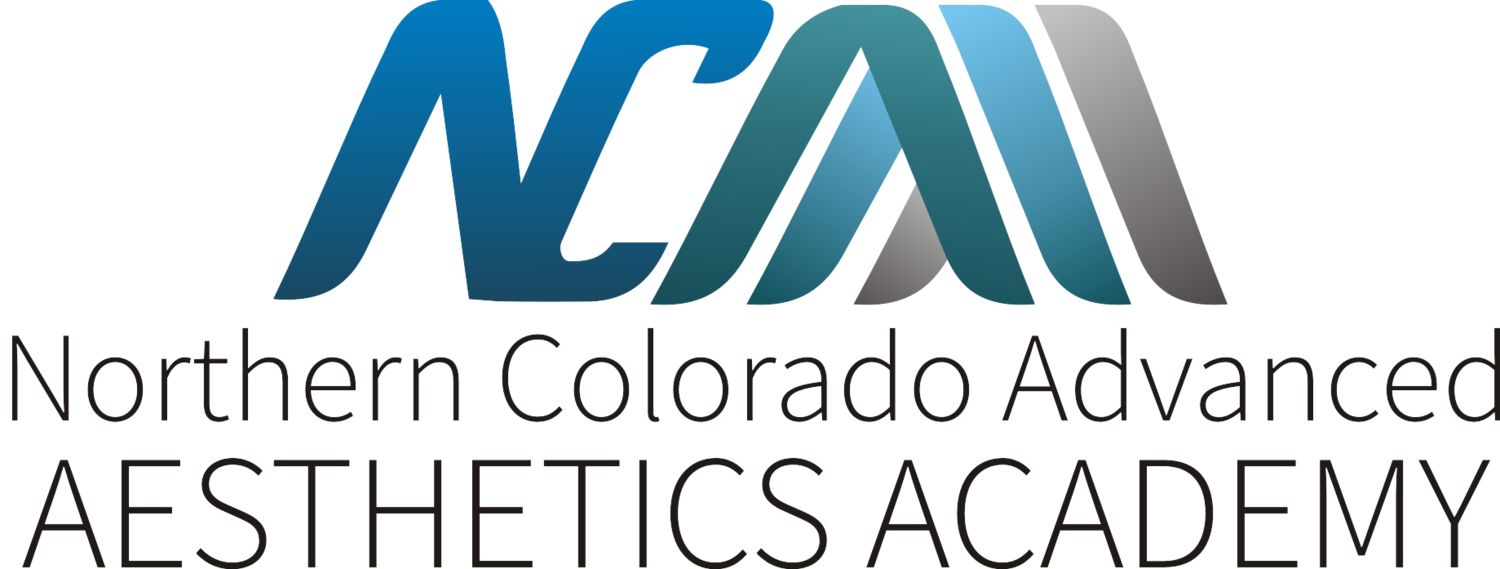Becoming a Better Esthetician for Clients with Oily Skin
Oily skin happens due to an increase in sebum production, which can be regarded as a less than ideal skin condition. Such a state can happen due to a variety of factors, including medication side effects, genetics, and even hormonal changes. No matter the cause, however, those afflicted by oily skin can agree on one thing—it’s a nightmare to deal with.
The condition leads to a seemingly endless slick sheen on the skin’s surface, thereby causing the pores to appear larger and more visible. As a result, breakouts are inevitable. As an esthetician, you likely deal with your fair share of oily-skinned clients. And as the expert, they turn to you for help.
You’ve seen and know that their conditions can be fixed and treated, but a strategic, compassionate, and understanding approach is always needed. It’s their skin, after all, and likely the bulk of their skincare woes. Here’s what you can do to keep your clients happy and satisfied:
Step 1: Communicate with your clients properly
Whether it’s your client’s first or twentieth time in your clinic, it’s important to always make the impressions last. Once they’ve filled out the forms, study their information carefully. Pulling out better insights can be made possible through direct client interaction, however, so wait for them to sit down and talk about what’s worrying them.
Make sure to ask about their skin concerns, but follow up by confirming the positive, such as their skin goals. You’ll also want to ask about their current skincare regimen, as this can make or break their progress. More importantly, however, make sure to let them know that they’re seen and heard.
Step 2: Remain as open and honest as possible
Although your entire plan depends on your client’s skin type, keep in mind that it could be impossible to treat the condition completely. For this reason, it’s always best to remain as honest as possible, which should include your limitations as an expert. This is never a sign of weakness, but a compassionate heart.
Make sure to focus on the things you and your client can do to manage the excess oil, which could mean product changes and lifestyle overhauls. Let them know you’re in there for the long-term, ready to help them see results despite the odds.
Step 3: Recommend the best possible products and treatments
When it comes to recommending treatments, keep in mind that a huge part of this entails their skincare regimen. Make sure to provide them with good products, but make sure they know that these aren’t miracle solutions. Ample education is important, particularly when it comes to properly hydrating the skin.
Let them know that using too many products can actually harm the skin, making the problem worse. The goal is to help them find the perfect balance, one that can help them sustain a healthier skin state.
The Bottom Line
The human skin is more complicated than it looks, especially since it’s the largest organ of the human body. As an expert, you’ll want to establish not only your knowledge but a valuable rapport with your client. This can only be done through fostering trust, which can only happen if you let them leave your clinic happy and satisfied. With that said, take your time and assess their condition—and keep things realistic!
A little help is always welcome, so if you’re looking to learn more about being an esthetician, try Northern Colorado Advanced Aesthetics Academy’s advanced aesthetics skincare program. We offer the chance to remain competitive in a fast-paced industry, all by offering you the proper training you need. Sign up for a class today!
